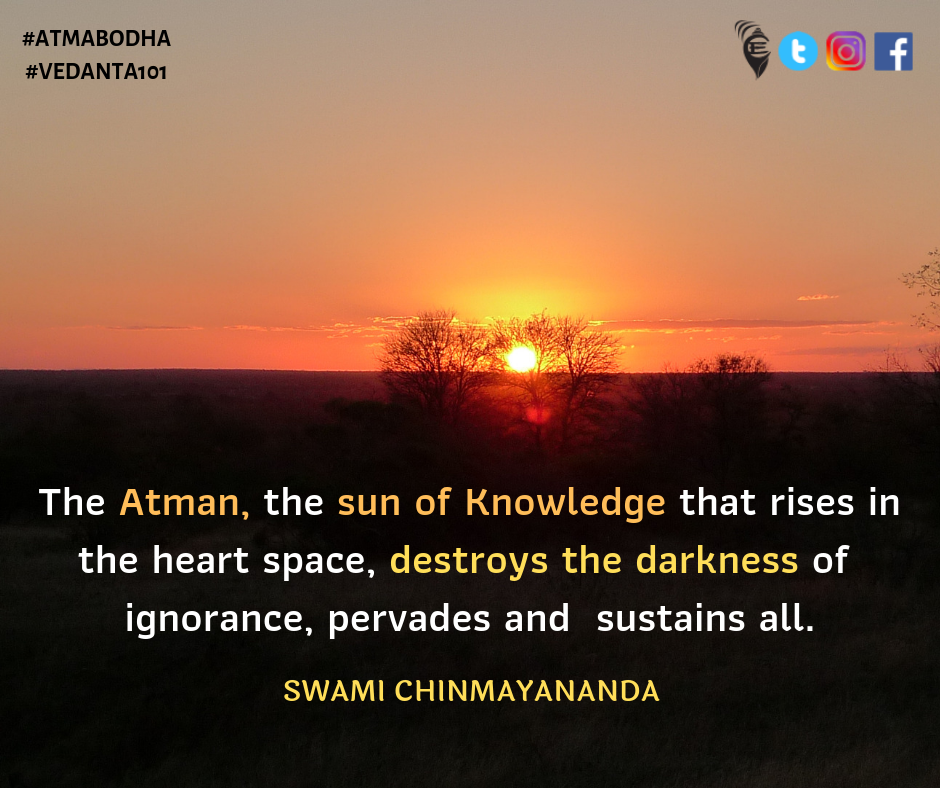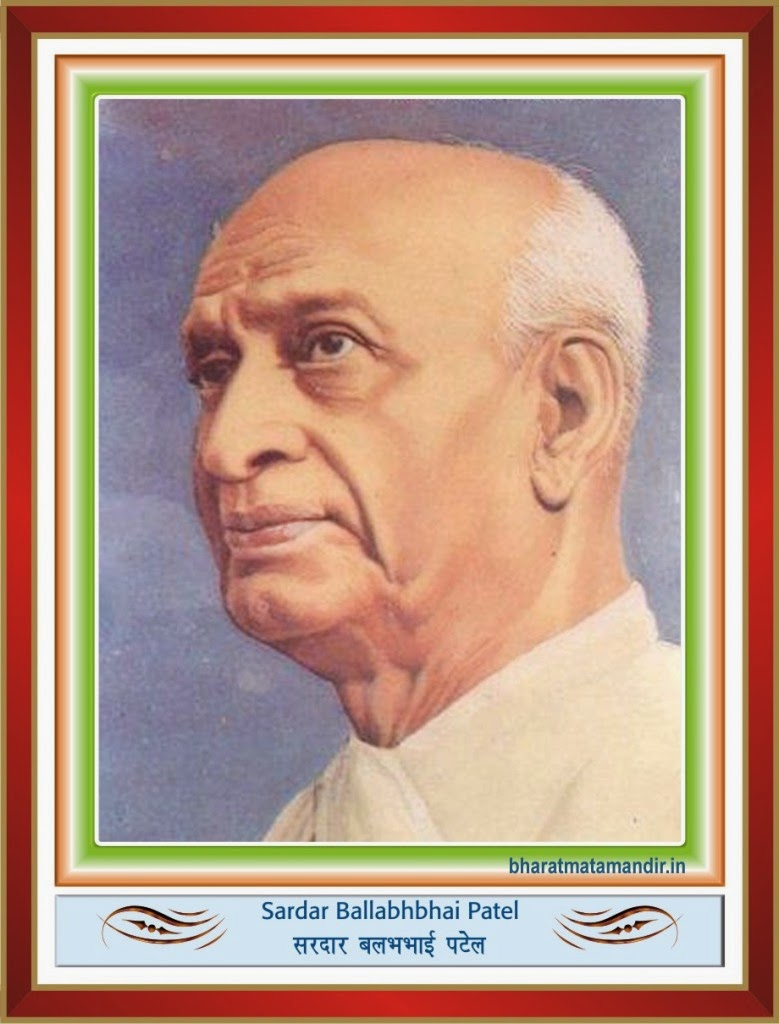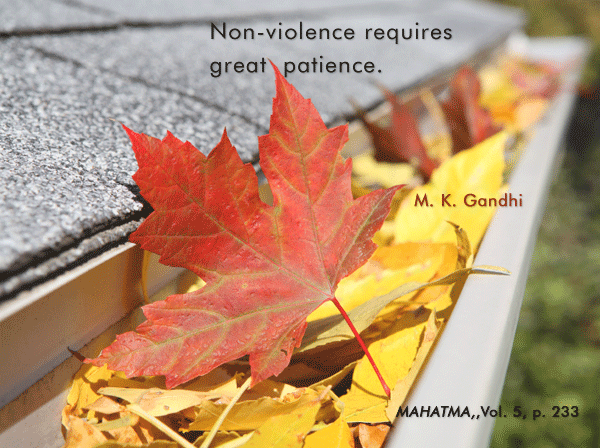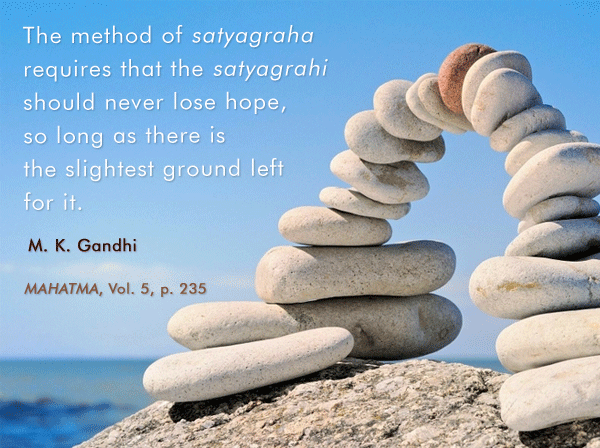The Concept of God in Hinduism : 1. Swami Krishnananda
28/07/2019
1.
The earliest statement of the Nature of Reality occurs in the first book of the Rig-Veda: Ekam Sat-Viprah Bahudha Vadanti. "The ONE BEING, the wise diversely speak of."
The tenth book of the Rig-Veda regards the highest conception of God both as the Impersonal and the Personal: The Nasadiya Sukta states that the Supreme Being is both the Unmanifest and the Manifest, Existence as well as Non-existence, the Supreme Indeterminable.
The Purusha-Sukta proclaims that all this Universe is God as the Supreme Person – the Purusha with thousands of heads, thousands of eyes, thousands of limbs in His Cosmic Body. He envelops the whole cosmos and transcends it to infinity.
The Narayana-Sukta exclaims that whatever is anywhere, visible or invisible, all this is pervaded by Narayana within and without.
The Hiranyagarbha-Sukta of the Rig-Veda declares that God manifested Himself in the beginning as the Creator of the Universe, encompassing all things, including everything within Himself, the collective totality, as it were, of the whole of creation, animating it as the Supreme Intelligence.
The Satarudriya or Rudra-Adhyaya of the Yajur-Veda identifies all things, the high and the low, the moving and the unmoving, the good and the bad, the beautiful and the ugly, nay, every conceivable thing, with the all-pervading Siva or Rudra as the Supreme God.
The Isavasya Upanishad says that the whole Universe is pervaded by Isvara or God, who is both within and without it. He is the moving and the unmoving, He is far and near, He is within all these and without all these.
The Kena Upanishad says that the Supreme Reality is beyond the perception of the senses and the mind because the senses and the mind can visualise and conceive only the objects, while Reality is the Supreme Subject, the very precondition of all sensation, thinking, understanding, etc. No one can behold God because He is the beholder of all things.
The Kathopanishad has it that God is the Root of this Tree of world existence. The realisation of God is regarded as the Supreme blessedness or Shreyas, as apart from Preyas or temporal experience of satisfaction.
The Prasna Upanishad says that God is the Supreme Prajapati or Creator, in whom are blended both the matter and energy of the Universe. God is symbolised in Pranava, or Omkara.
The Mundaka Upanishad gives the image of the Supreme Being as the One Ocean into which all the rivers of individual existence enter and with which they become one, as their final goal.
The Mandukya Upanishad regards the Supreme Being as the Turiya, or the Transcendent Consciousness, beyond the stales of waking, dreaming and deep sleep.
The Taittiriya Upanishad regards the Reality as the Atman, or the Self, beyond the physical, vital, mental, intellectual and causal aspects(sheaths) of the personality. It also identifies this Atman with the Supreme Absolute, or Brahman.
The Aitareya Upanishad states that the Supreme Atman has manifested itself as the objective Universe from the one side and the subjective individuals on the other side, in which process, factors which are effects of God's creation become causes of individual's perception, by a reversal of the process.
The Chhandogya Upanishad says that all this Universe is Brahman Manifest in all its states of manifestation. It regards objects as really aspects of the one Subject known as the Vaishvanara-Atman. It also holds that the Supreme Being is the Infinite, or Bhuma, in which one sees nothing else, hears nothing else, and understands nothing else except the Self as the only, existence.
In the Brihadaranyaka Upanishad we are told that the Supreme Being is Pure Consciousness, in which subjects and objects merge together in a state of Universality.
To be continued ....





Comments